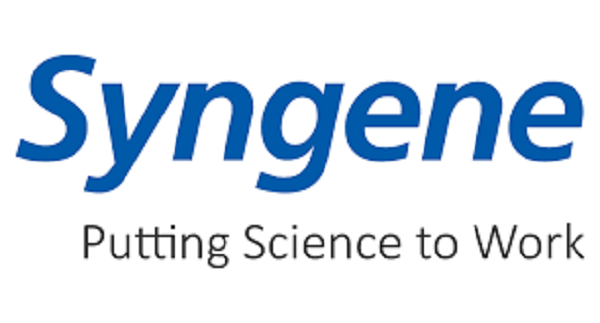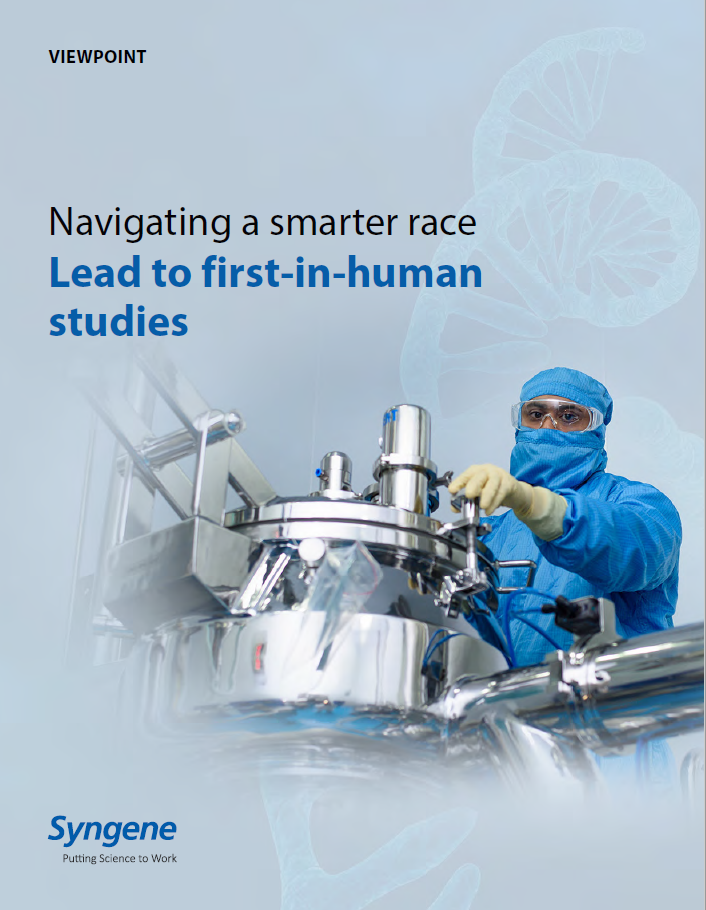
Development of PROTACs (PROteolysis TArgeting Chimeras) has advanced fairly rapidly as excitement grows over their potential to selectively degrade proteins that are involved in various diseases, including cancer.
PROTACs are a type of heterobifunctional degrader that offers multiple advantages over traditional small molecules. They provide a higher ability to regulate protein levels and can affect the non-enzymatic function of the protein while also providing an alternative to targeting drug-resistant proteins for overcoming tumour drug resistance. According to a whitepaper from contract research, development and manufacturing organisation Syngene, PROTACs are effective against “undruggable” targets such as transcription factors, and scaffolding proteins that cannot be otherwise targeted by the traditional small molecule inhibitors.
Syngene has more than seven years of experience with 450+ scientists working in targeted protein modulator (degraders and stabilizers) class, both in chemistry and biology under different collaborative projects. According to Atul Tiwari, Head-Discovery Service Solutions at Syngene “Realising the scientific and market potential of this area, we made proactive and early efforts to establish new models, platforms, identifying new ligases, ligands and establishing the ADME-PK correlations of the PROTACs. Putting these together, Syngene provides an edge and differentiation to accelerate a PROTAC program ensuring its success.”
The paper, Accelerating PROTAC programs to drug the “undruggable”, states that one of the major advantages lie in selectively degrading disease-causing proteins in a specific and targeted manner. By selectively degrading these proteins, PROTACs have the potential to effectively treat a range of diseases with potentially fewer side effects compared to traditional approaches.
Overall, PROTACs have the potential to revolutionise the way we treat and study a wide range of diseases, by providing a highly specific and targeted means to manipulate the levels of specific proteins within cells.
Paving the road for PROTACs
The ongoing developments in PROTACs are revolutionary, but their design and optimization remains empirical. There lie several limitations, which include that PROTACs may not always be selective in degrading their intended target, they must be delivered to their target cells to be effective, may be unstable in the body, may not always be effective in degrading their intended target, and they may be costly to develop, according to information from the US-based National Institutes of Health.
According to Syngene: “Although PROTACs are considered revolutionary, to date, the design and optimization of PROTACs remain empirical. This is due to the complicated mechanism of induced protein degradation and due to large molecular weight and size, leading to issues associated with solubility, permeability, and bioavailability.”
Still, funding and research for PROTACs is picking up as researchers navigate these challenges and decide the potential pros outweigh the limitations. According to the GlobalData deals database, the National Cancer Institute (NCI) in the US has issued 67 grants from 2021-2022 for PROTACs-related studies, while between 2004 and the end of 2018, the NCI issued just 45 grants for PROTACs-related studies.
India-headquartered Syngene is looking to get ahead of the curve on PROTACs research and development, investing heavily in talent and infrastructure needed for advancements in this field.
“Apart from an early evaluation of compound solubility, and E3 ligase engagement assays, we have developed sensitive biophysical (SPR) and biochemical (ALPHA-LISA) assays to drive structure-activity relationships of compounds,” Tiwari explains. “This is further extended and demonstrated in cellular context for target engagement and target degradation using different state-of-the art technologies such as westerns, luminescence, InCell Westerns and imaging. The right combination of these assays and technologies helped the team in understanding the mechanism-of-action of the PROTAC compounds, thereby selecting the best molecules to move forward.
“The molecules are further optimised for other ADME properties, such as microsomal stability and cellular permeability in different models. A pooled analysis of the data demonstrated low correlation between ADME properties and plasma exposure for several compounds.”
This was presented at the Targeted Protein Degradation (TPD) Conference in Boston, October 2022. Likewise, cellular to PK to PD correlation was established as a capability using a reference tool compound and was presented at Boston’s Discovery on Target (DOT) 2022 conference.
The future of PROTACs
With more than 15 global clients, Syngene has a strong track record in accelerating PROTAC programs, and a comprehensive toolbox ready to be deployed to support clients in advancing their PROTAC programmes.
Throughout 2022, Syngene invested heavily in infrastructure as part of its expansion into Hyderabad; a lab was commissioned in the newly constructed Innopolis building with over 150 scientists and analysts dedicated to PROTACs.
Syngene’s PROTAC capabilities put it at the forefront of developing novel protein degraders across a range of diseases. Syngene has been working right from establishing the proof-of-concept (POC) studies for the target of interest using dTAG approach to hit identification to lead optimization followed by clinical candidate nomination.
Looking forward, Tiwari adds: “The future for PROTACs is quite promising, with several compounds in different stages of clinical trials for different indications. The biggest challenge lies in terms of establishing the ADME-PK correlations, preclinical to clinical efficacy translation, and predicting safety liabilities. Syngene is setting up the predictive models and new platforms to overcome these challenges.”
To learn more about Syngene’s PROTAC programme, download the whitepaper.



